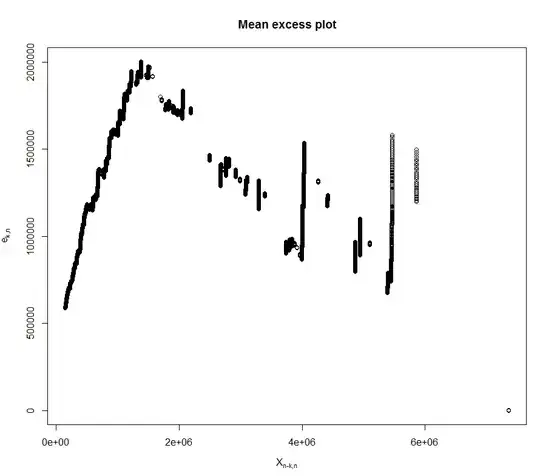I am doing some statistical analysis using Kaplan curve and cox analysis on a list of genes combining them with a single marker.
At KM curve these genes behave in different ways in terms of whatever is the prognosis confirmed later from cox analysis and the HR value.
then I thought to combine my "X" gene of interest with each of the genes presented in these lists. although I got really interesting results I am in doubts about data interpreting AND PRESENTING IN SCIENTIFIC PUBLICATION PAPER See follow the example:
THE YELLOW ONE (IN THE LEFT) SHOWS THE SINGLE MARKER COX ANALYSIS WHIHC REPORT THE VALUE OF MEANINGFUL IN HR OF THAT GENE AT LOW EXPRESSION, BUT WHEN I DO IN COMBINATION(RIGHT PANEL) WITH MY " a" GENES(RED) WHATEVER IS HIGH OR LOW, SOME OF THE COMBINED GENES WHICH BEFORE HAVE HR SIGNIFICANTIVE OR NOT AT LOW OR HIGH LEVEL, WHEN COMBINED WITH "a" THEY SHOWED HIGH AND MEANINGFUL HR. tHE POINT IS MY "A" GENE WHICH HAS AN HR VALUE OF 2.98.
My question is: which will be the criteria to select THE RIGHT COMBINATION AND PLOT ON Km curve to present in a scientific manuscript? IN OTHER WORDS, IS IT THAT RIGHT TO PRESENT THE COMBINATION THAT SOWHS THE HIGHER HR VALUE (WHEN IN COMBINATION) WITH MY "A" GENES OF INTEREST WHEN IS ON HIS OWN.
HOPE IT'S CLEAR.
